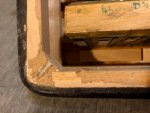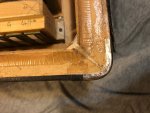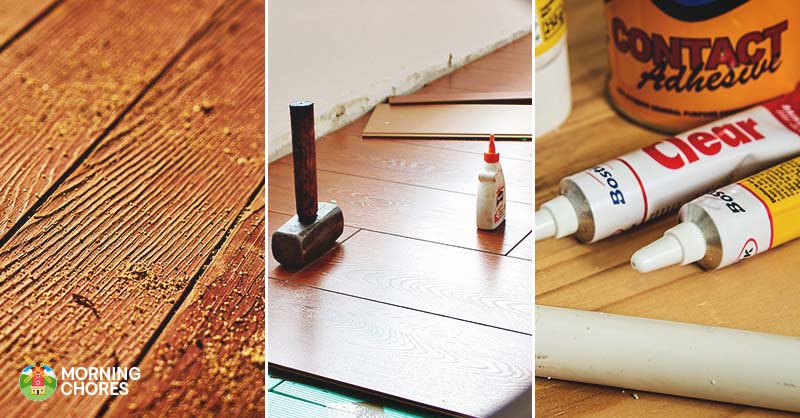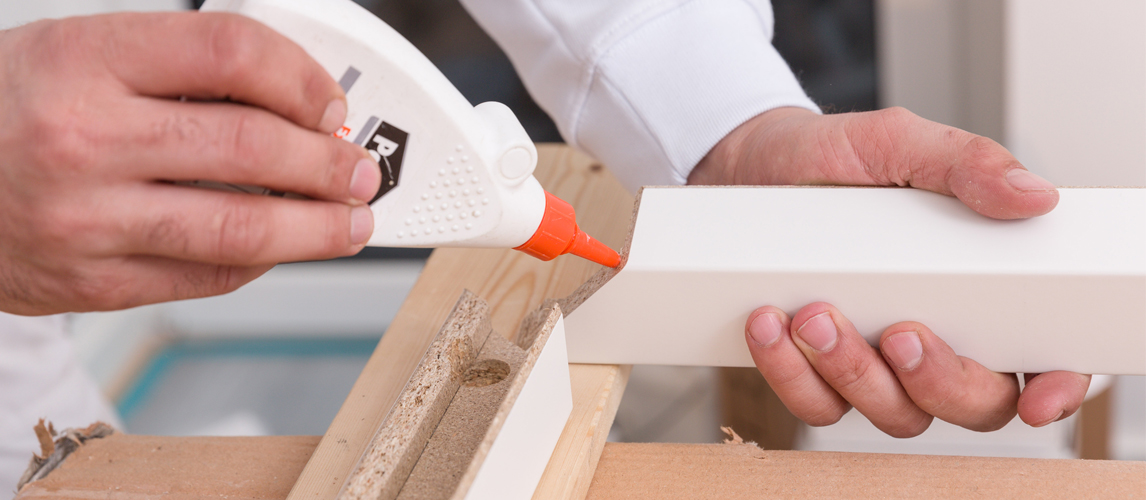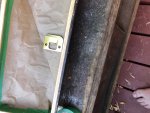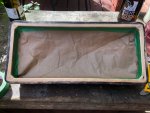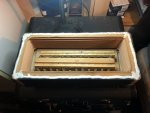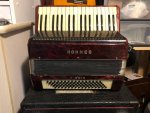Mr Mark
Squeezebaggeroni...
Overexuberance is to blame. Although it has to be said they were old and fairly crusty anyway. It didn't help that I was trying too hard to keep up with The Louds, but it was a fun time and great to play in front of folks again.
At any rate it would appear I have at least had a learning experience, perhaps I can also learn how to repair this?
The paper has come unglued from the frame at the treble side of things from what I can see, it is a fairly clean break. A layman might think simply gluing it back together would suffice but I am not convinced. I assume maybe at the very least this would require a bit of sustained pressure over a period of time, not to mention the right glue. I am perusing elsewhere to see if I can find the answers but any you might have are appreciated!
If not it would also appear that I am in the market for a decent used set, or new - the accordion is a Hohner Verdi II.
Thanks friends!
At any rate it would appear I have at least had a learning experience, perhaps I can also learn how to repair this?
The paper has come unglued from the frame at the treble side of things from what I can see, it is a fairly clean break. A layman might think simply gluing it back together would suffice but I am not convinced. I assume maybe at the very least this would require a bit of sustained pressure over a period of time, not to mention the right glue. I am perusing elsewhere to see if I can find the answers but any you might have are appreciated!
If not it would also appear that I am in the market for a decent used set, or new - the accordion is a Hohner Verdi II.
Thanks friends!


